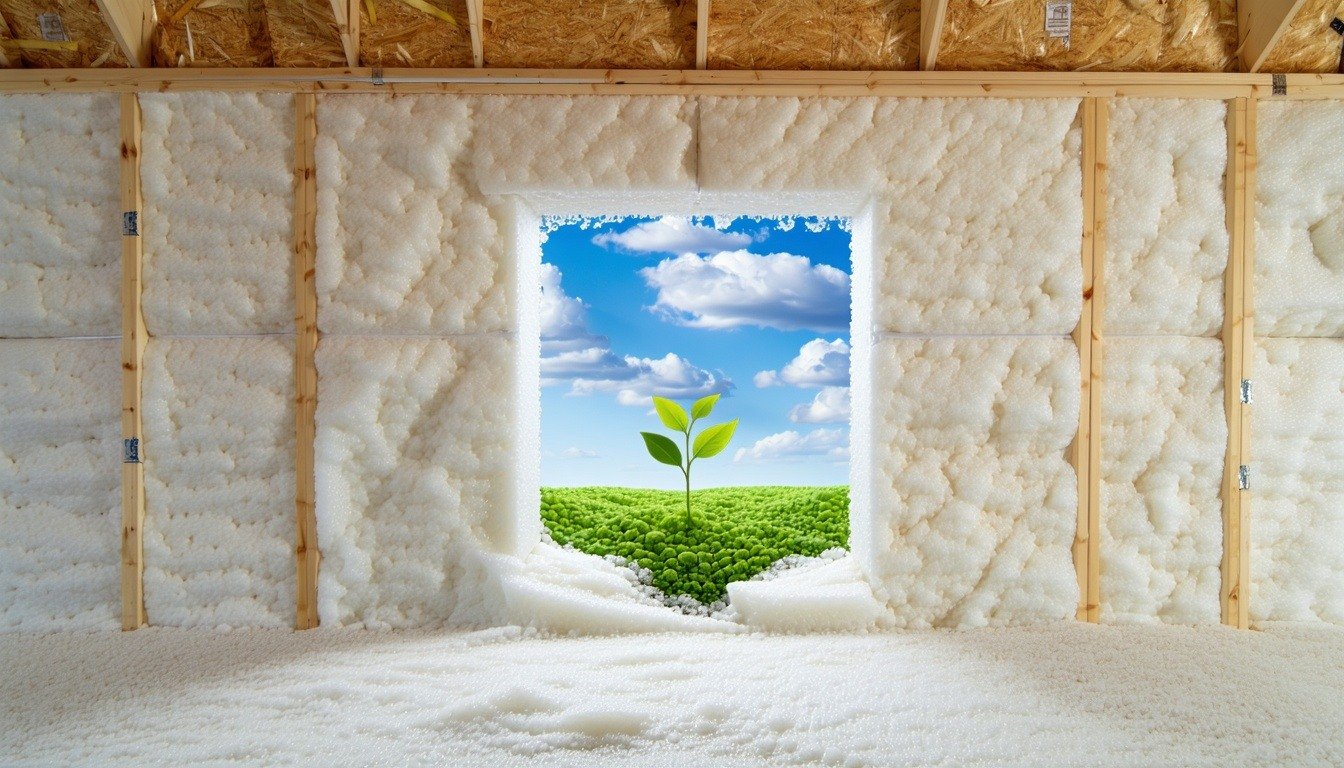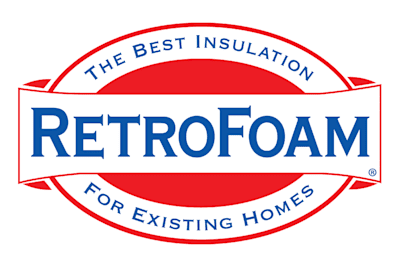Myth Busting: Is Spray Foam Insulation Bad for the Environment?
spray foam insulation | RetroFoam insulation | foam university


You’ve probably heard people say that Spray foam insulation is terrible for the environment.
But is this really true, or just another insulation myth?
RetroFoam has dealers across the country who offer premium injection foam insulation to help homeowners make their homes more comfortable and energy efficient. A bonus about RetroFoam insulation – it’s environmentally friendly.
Enough about us, though. Let’s dive into the facts and uncover what makes eco-friendly spray foam insulation a smart choice for your home and our planet.
Why Do People Think Spray Foam is Bad for the Environment?
One common misconception is that spray foam insulation harms the environment due to the chemicals and blowing agents used in its creation.
Historically, spray foam did utilize chemical-based blowing agents that weren’t great for the environment. But here’s the good news: times have changed.
Advances in Eco-Friendly Spray Foam
Modern eco-friendly spray foam insulation is much different from older products.
Manufacturers have significantly reduced harmful chemicals, shifting towards low volatile organic compounds (low VOCs). Low VOC means fewer harmful chemicals are released into your home’s air, improving your indoor air quality and making spray foam much safer and environmentally friendly.
Additionally, manufacturers are moving toward climate-friendly blowing agents with much lower global warming potential. Some companies have even started using bio-based materials like castor oil and soy, further minimizing environmental impacts.
Energy Savings vs. Environmental Impact
It’s true: any manufactured product has some environmental impact.
However, eco-friendly spray foam insulation delivers a significant advantage – energy efficiency. By creating an air seal, spray foam keeps conditioned air inside your home, reducing the workload on your HVAC system.
When your HVAC runs less, it consumes less energy, significantly lowering your carbon footprint. Over the lifetime of your home, these energy savings far outweigh the initial environmental costs of producing spray foam.
Sustainability: Built to Last
When considering environmental friendliness, sustainability is key.
Spray foam insulation doesn’t require frequent replacements or top-offs, unlike fiberglass or cellulose. Designed to last the lifetime of your building, spray foam reduces waste from materials and ongoing installations, providing peace of mind and long-term environmental benefits.
Recycling Programs: Eco-Friendly Even After Removal
Some spray foam insulation companies offer recycling programs.
Suppose you’re remodeling and need to remove previously installed foam insulation. Depending on the company or manufacturer, you might be able to recycle the material rather than send it to a landfill.
Be sure to ask your insulation contractor if they offer this environmentally conscious option.
Myth-Busting Time: Let's Clear the Air
Let’s take just a moment to bust a few remaining myths surrounding foam insulation.
Myth #1: All Spray Foam is Harmful to the Environment
False.
Today’s spray foam products are designed with eco-friendly formulations, dramatically reducing environmental impacts.
Myth #2: Spray Foam is Made Entirely of Petroleum
Not true.
Many spray foam products now incorporate renewable and bio-based ingredients.
Myth #3: Fiberglass and Cellulose are Always Greener
Nope.
Spray foam outlasts traditional insulation methods, eliminating the need for frequent replacements or top-offs. Its superior air sealing also ensures long-term energy efficiency benefits.
What About RetroFoam Injection Foam Insulation?
RetroFoam injection foam insulation is explicitly a non-toxic, environmentally friendly insulation that does not off-gas or contain PFAs.
Just like spray foam, RetroFoam creates an effective air seal, providing significant energy savings and enhanced comfort without compromising environmental responsibility.
Ready to Choose Eco-Friendly Spray Foam?
Always discuss your insulation options with a trusted contractor.
Ask questions about the products they use, especially regarding environmental friendliness and safety.
Ready to make the switch to foam insulation? Find a RetroFoam dealer near you to discuss eco-friendly spray foam and injection foam insulation solutions.
Key Points:
- Modern eco-friendly spray foam insulation significantly reduces environmental impacts through low VOC and climate-friendly formulations.
- Spray foam insulation dramatically lowers energy consumption by creating an effective air seal.
- Spray foam lasts for the lifetime of your building, reducing waste from frequent replacements.
- Recycling programs may be available to minimize environmental impacts further.
- RetroFoam injection foam insulation provides similar eco-friendly and air-sealing benefits.
Related Articles
Energy Efficiency Grants for Homeowners: How to Find and Apply for Free Assistance
DIY Home Energy Audit Checklist: Save Money and Increase Efficiency
Powering Your Home with Renewable Energy: What are Your Best Options?
About Amanda Emery
Amanda previously has worked as a breaking news and crime reporter, TV news producer, and editor. As a journalist, she has won several awards from The Society of Professional Journalists - Detroit Chapter and the Michigan Press Association. Amanda uses her experience as a journalist to write content that will help educate homeowners on foam insulation benefits. When Amanda isn’t writing, she’s spending time with her husband Chris, daughter Lilith-Maeve, and rescued huskies Danger and Wendigo. She also loves knitting, making art, and cooking.



